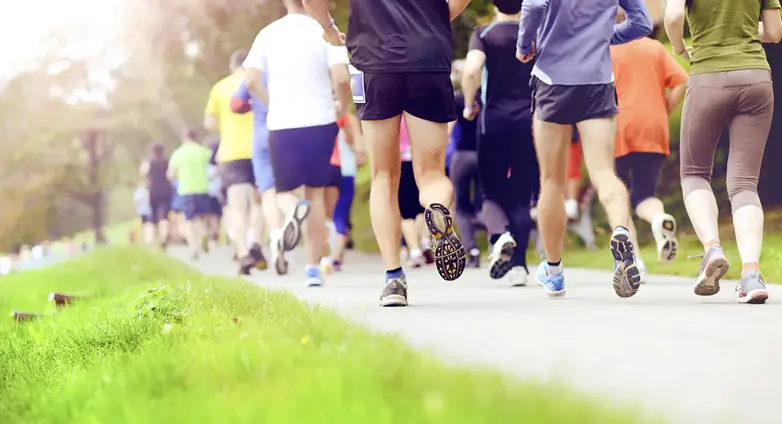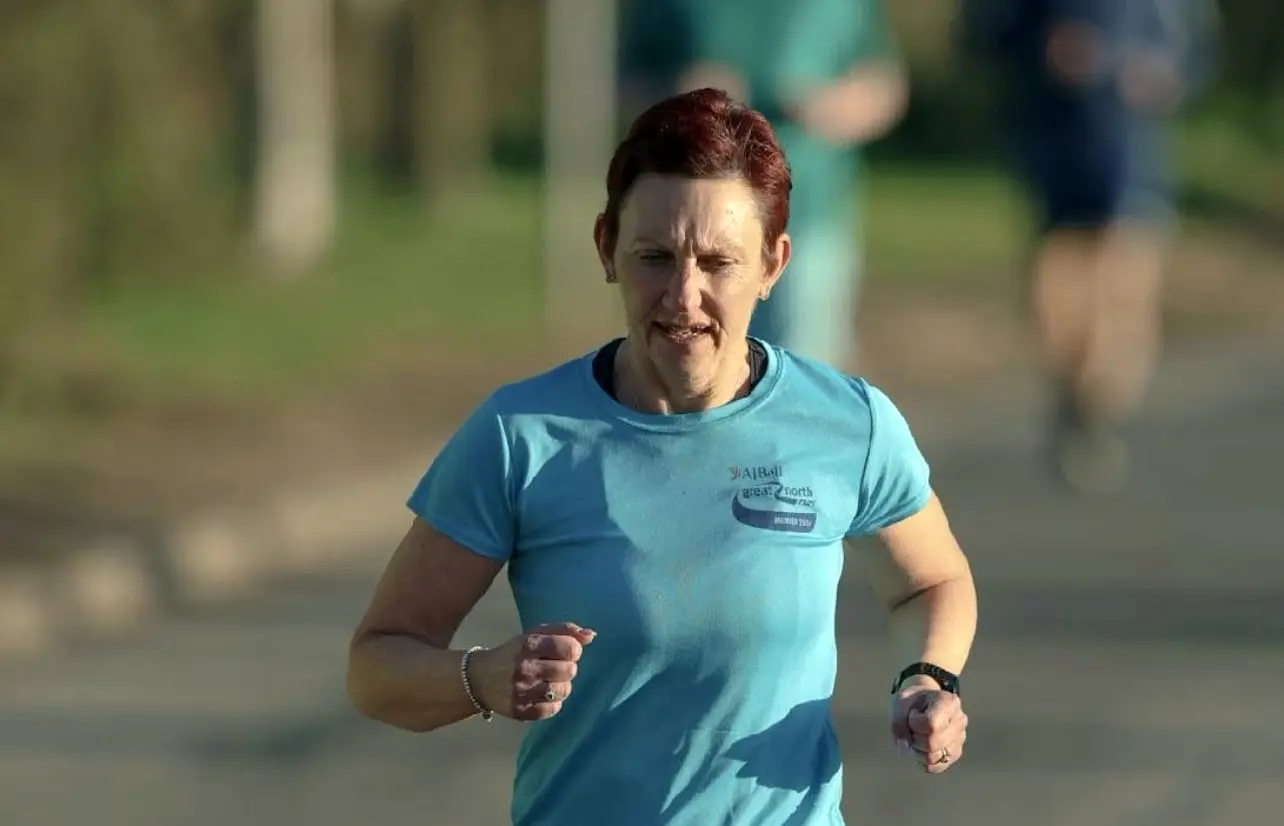A five minute warming up
Whether you’re a seasoned runner or a beginner, warming up before hitting the pavement or the treadmill is crucial. It’s easy to underestimate the value of a good warm-up, but those few extra minutes can make a significant difference in your performance and overall well-being. Get some helpful tips from the video below:
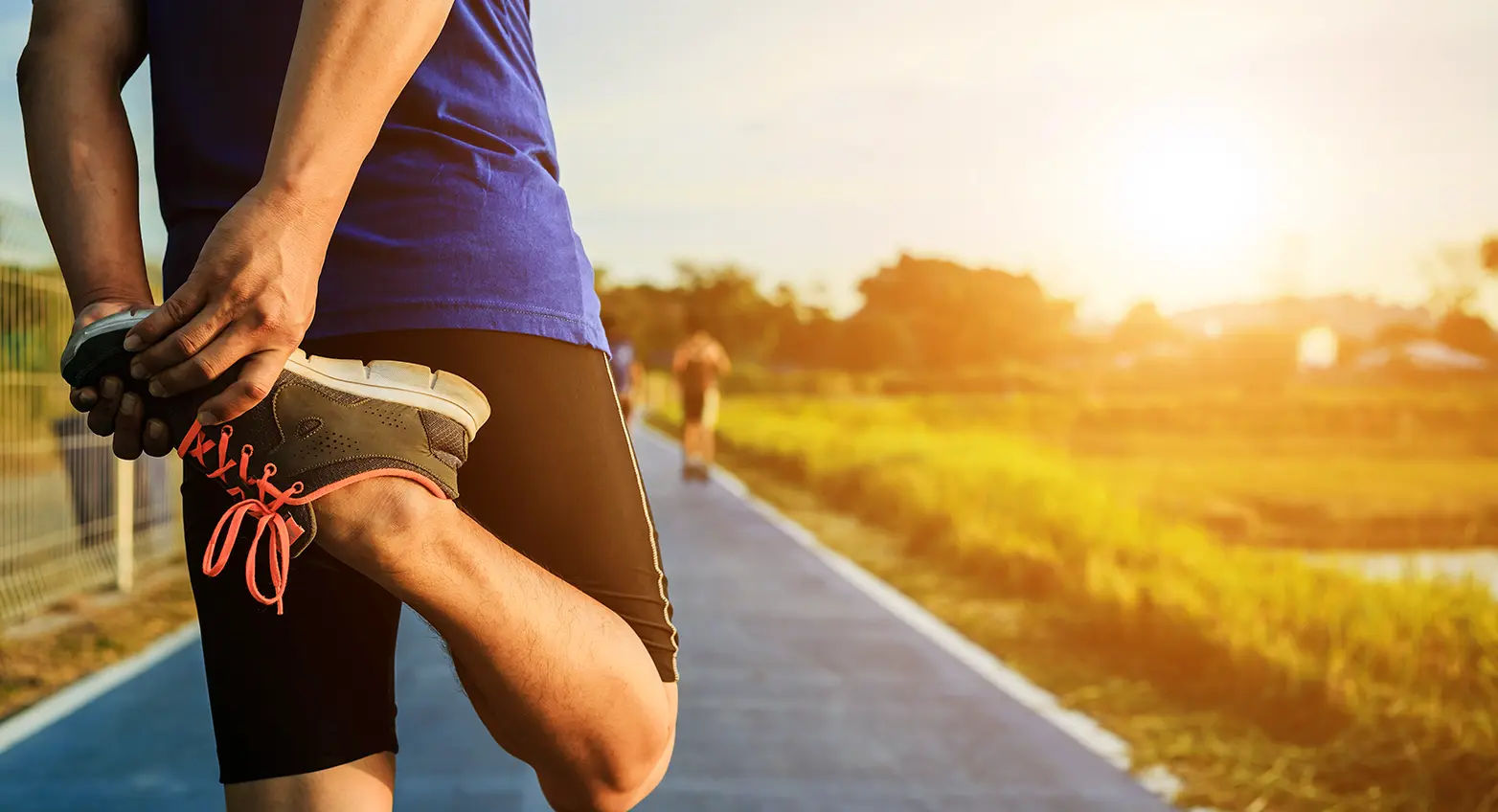
The one strength workout every runner needs
Strengthening exercises are crucial for runners, as they enhance performance and reduce the risk of injury. Lateral stability exercises, such as the single leg A-Z drill and bent knee side plank, improve balance and prevent ankle and knee injuries by strengthening the stabilising muscles. Single leg calf raisers target the calf muscles, essential for powerful strides and shock absorption. Split squats build strength in the quadriceps, hamstrings, and glutes, promoting better running mechanics and endurance. Mountain climbers provide a full-body workout, improving cardiovascular fitness and core stability. Lastly, the glute bridge focuses on the glutes and lower back, crucial for maintaining proper running posture and preventing lower body injuries. Incorporating these exercises into your routine can lead to more efficient and injury-resistant running.
Join this 20 minute workout targeting the whole body:
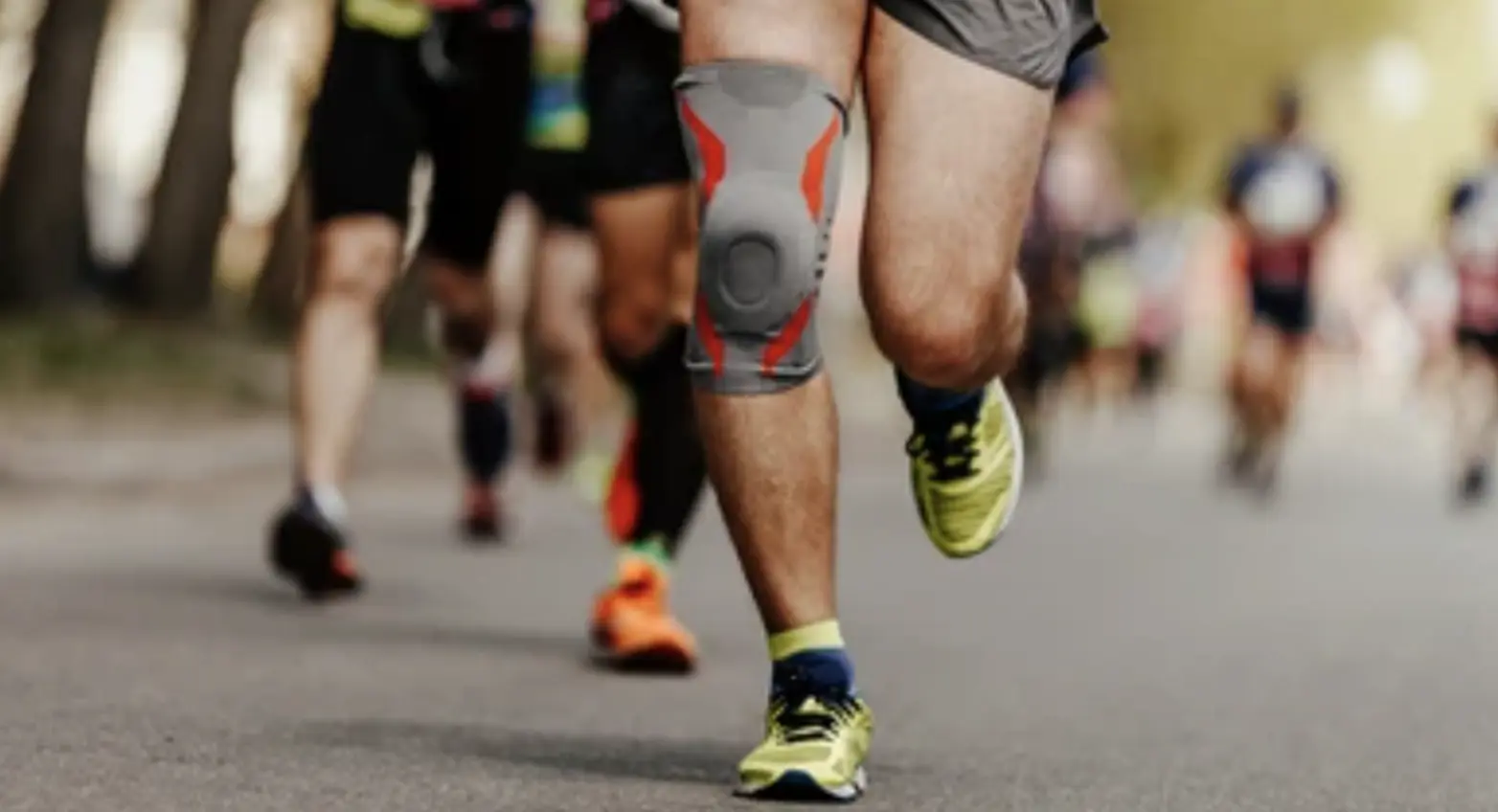
Understand your running cadence
Running cadence, the number of steps a runner takes per minute, is a crucial aspect of efficient running. Understanding and optimising your cadence can improve performance, reduce the risk of injury and enhance overall running form. A higher cadence often leads to shorter, quicker strides, which can decrease the impact on joints and muscles, making your runs smoother and more enjoyable.
This video simplifies and breaks down the concept of running cadence:
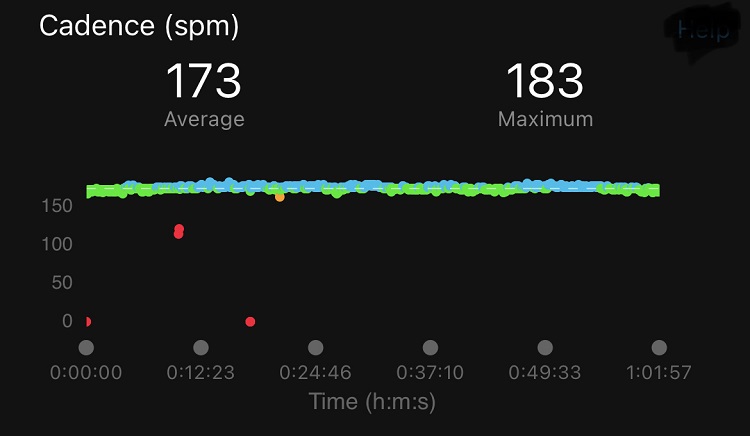
An essential 5 minute cool down
Cool-down stretches are vital after a run to aid in muscle recovery, prevent stiffness, and reduce the risk of injury. Key stretches include the quad stretch, which targets the front thigh muscles, and the hip flexor stretch, essential for the muscles at the front of the hip. The hamstring stretch focuses on the back of the thigh, while the glute stretch targets the buttocks, both crucial for maintaining flexibility. Lower back rotation and lower back stretches help relieve tension in the back, promoting better overall flexibility and comfort. Incorporating these stretches into your post-run routine ensures your muscles stay healthy and ready for your next run.
Watch a 10-minute demo of cool down exercises with handy tips that really make the difference:

James Dunne is a respected figure in the world of running and fitness coaching. With a background in sports rehabilitation, he has dedicated his career to helping runners of all levels improve their performance, prevent injuries, and achieve their goals. Dunne is known for his evidence-based approach, combining practical experience with scientific research to provide effective training strategies. He shares his expertise through various platforms, including his popular blog and YouTube channel, where he offers advice on running technique, strength training, and injury prevention. His commitment to empowering runners and enhancing their overall well-being has made him a trusted and influential voice in the running community.
